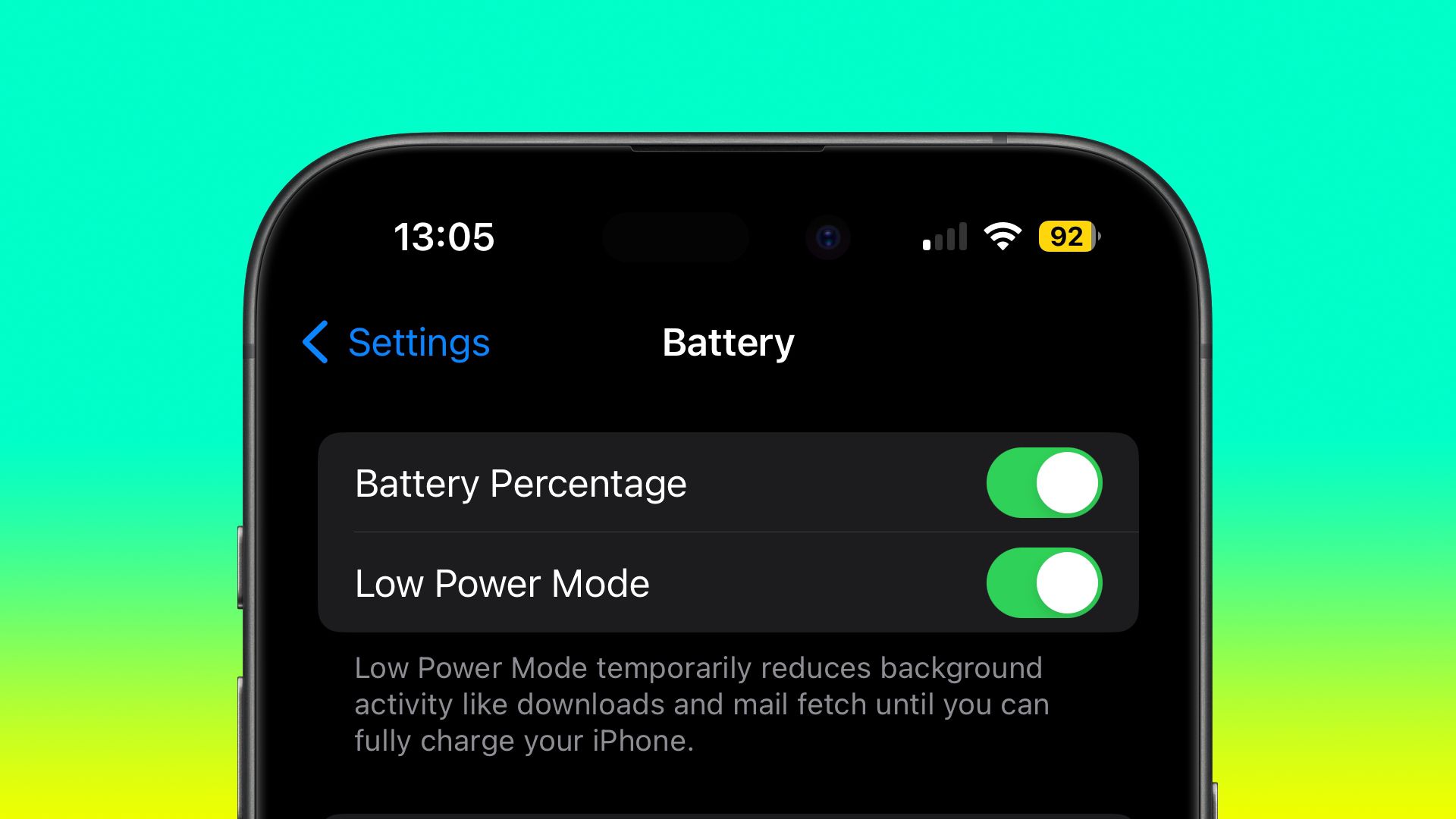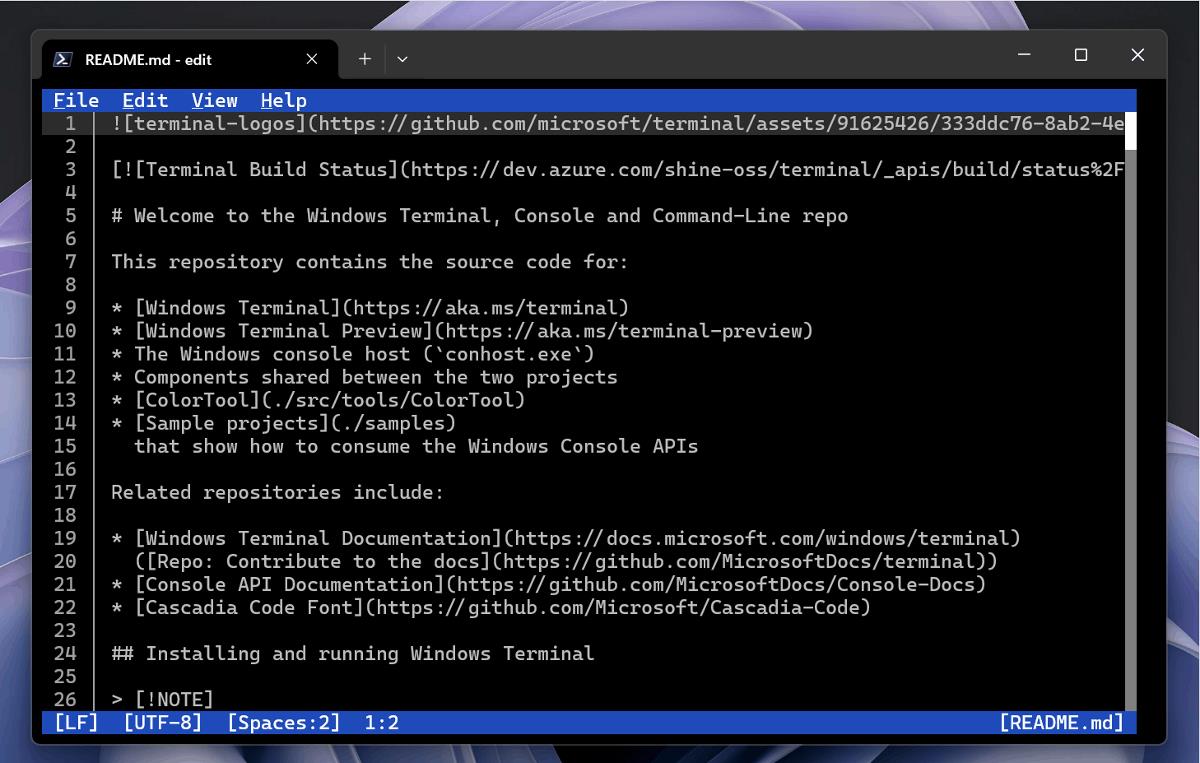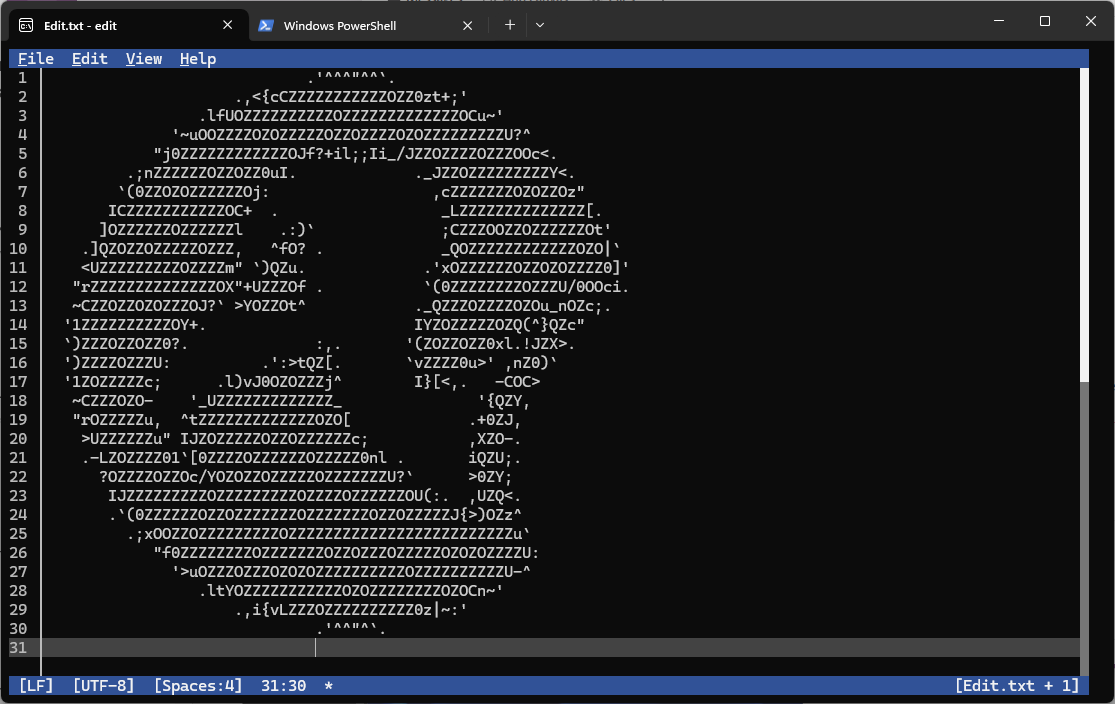Understanding Loops in JavaScript
Loops are a fundamental programming concept used to execute a block of code repeatedly under certain conditions. In JavaScript, loops are especially useful when working with arrays, objects, and repetitive tasks such as data processing or UI rendering. This article explores the different types of loops available in JavaScript, how to use them, and when each is most appropriate. Why Use Loops? Consider a scenario where you need to print numbers from 1 to 100. Without loops, you would have to write 100 console.log() statements. With loops, this task becomes simple and efficient: for (let i = 1; i

Loops are a fundamental programming concept used to execute a block of code repeatedly under certain conditions. In JavaScript, loops are especially useful when working with arrays, objects, and repetitive tasks such as data processing or UI rendering.
This article explores the different types of loops available in JavaScript, how to use them, and when each is most appropriate.
Why Use Loops?
Consider a scenario where you need to print numbers from 1 to 100. Without loops, you would have to write 100 console.log() statements. With loops, this task becomes simple and efficient:
for (let i = 1; i <= 100; i++) {
console.log(i);
}
Loops help reduce code redundancy, improve maintainability, and handle dynamic data structures efficiently.
Types of Loops in JavaScript
JavaScript provides several types of loops, each with its own syntax and use cases:
1. The for Loop
The for loop is the most commonly used loop in JavaScript. It is ideal when the number of iterations is known beforehand.
Syntax:
for (initialization; condition; increment) {
// code block to execute
}
Example:
for (let i = 0; i < 5; i++) {
console.log("Iteration:", i);
}
2. The while Loop
The while loop is used when the number of iterations is not known and depends on a condition being true.
Syntax:
while (condition) {
// code block to execute
}
Example:
let i = 0;
while (i < 5) {
console.log("Iteration:", i);
i++;
}
3. The do...while Loop
The do...while loop is similar to the while loop, but it ensures that the loop body is executed at least once, even if the condition is false initially.
Syntax:
do {
// code block to execute
} while (condition);
Example:
let i = 0;
do {
console.log("Iteration:", i);
i++;
} while (i < 5);
4. The for...of Loop
Introduced in ES6, the for...of loop is designed for iterating over iterable objects such as arrays, strings, sets, and more.
Syntax:
for (const item of iterable) {
// code block to execute
}
Example:
const numbers = [10, 20, 30];
for (const number of numbers) {
console.log(number);
}
5. The for...in Loop
The for...in loop is used to iterate over the enumerable properties of an object.
Syntax:
for (const key in object) {
// code block to execute
}
Example:
const user = { name: "Alice", age: 25 };
for (const key in user) {
console.log(`${key}: ${user[key]}`);
}
Note: Use caution when using for...in with arrays, as it can iterate over inherited properties. Prefer for...of or for loops for arrays.
Loop Control Statements
JavaScript also provides control statements to manage loop behavior:
-
break: Exits the loop immediately. -
continue: Skips the current iteration and continues with the next one.
Example using break:
for (let i = 0; i < 10; i++) {
if (i === 5) break;
console.log(i);
}
Example using continue:
for (let i = 0; i < 10; i++) {
if (i % 2 === 0) continue;
console.log(i); // prints only odd numbers
}
Best Practices
- Choose the right loop based on the structure you are iterating over.
- Avoid infinite loops by ensuring conditions eventually evaluate to false.
- When iterating over arrays, prefer
for...ofor array methods likeforEach()for readability. - Avoid using
for...infor arrays unless you need to access custom properties.
Conclusion
Loops are an essential tool in JavaScript that allow developers to write cleaner, more efficient code. Understanding how and when to use each loop helps in building better logic, handling data effectively, and writing more readable code. By mastering JavaScript loops, you lay a strong foundation for handling everything from simple scripts to complex web applications.

_Prostock-studio_Alamy.jpg?width=1280&auto=webp&quality=80&disable=upscale#)

























































































![What’s new in Android’s May 2025 Google System Updates [U: 5/19]](https://i0.wp.com/9to5google.com/wp-content/uploads/sites/4/2025/01/google-play-services-1.jpg?resize=1200%2C628&quality=82&strip=all&ssl=1)





























































































.webp?#)

























































































































![[The AI Show Episode 147]: OpenAI Abandons For-Profit Plan, AI College Cheating Epidemic, Apple Says AI Will Replace Search Engines & HubSpot’s AI-First Scorecard](https://www.marketingaiinstitute.com/hubfs/ep%20147%20cover.png)
































































































































































![How to make Developer Friends When You Don't Live in Silicon Valley, with Iraqi Engineer Code;Life [Podcast #172]](https://cdn.hashnode.com/res/hashnode/image/upload/v1747360508340/f07040cd-3eeb-443c-b4fb-370f6a4a14da.png?#)
































































































